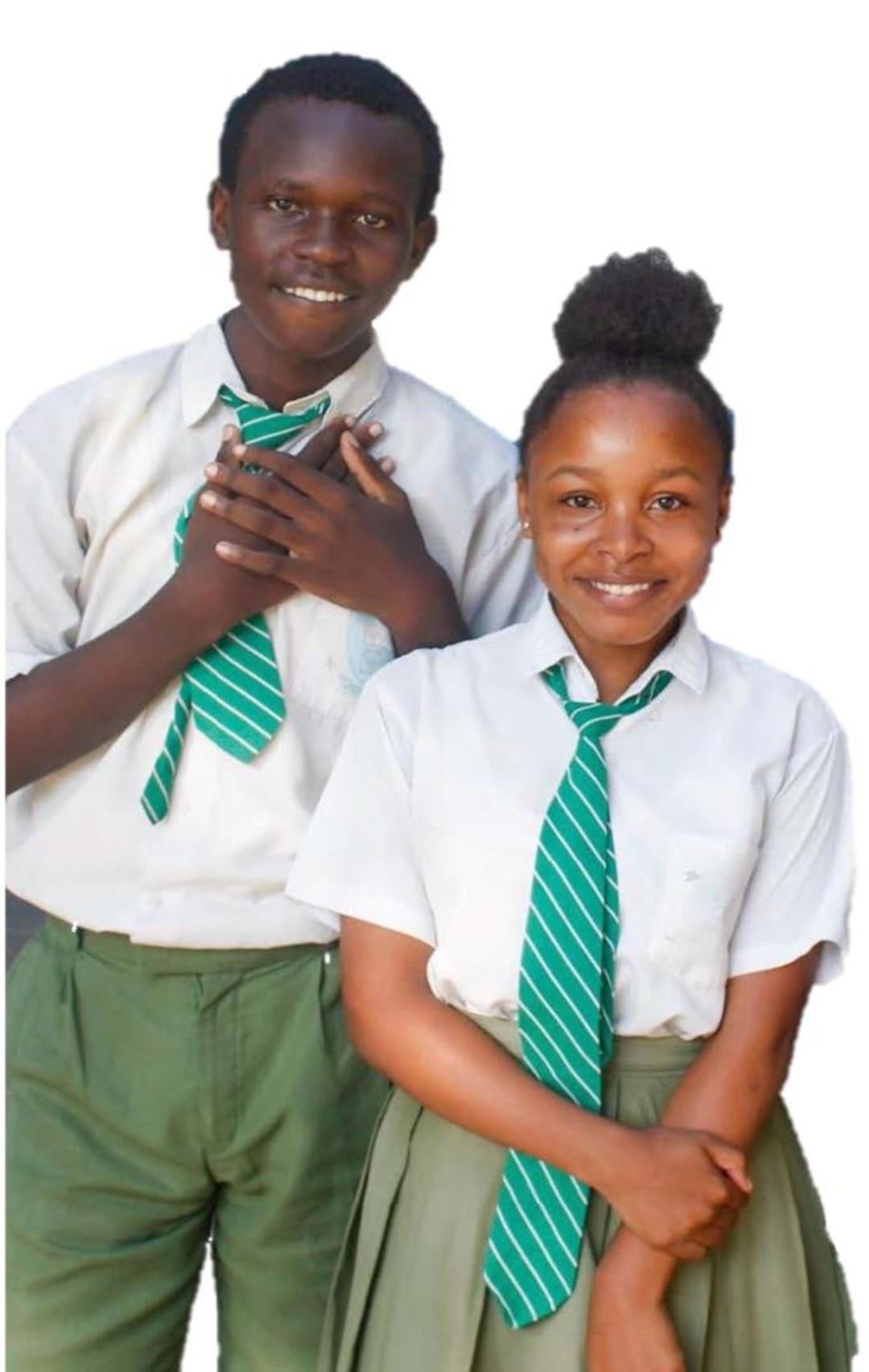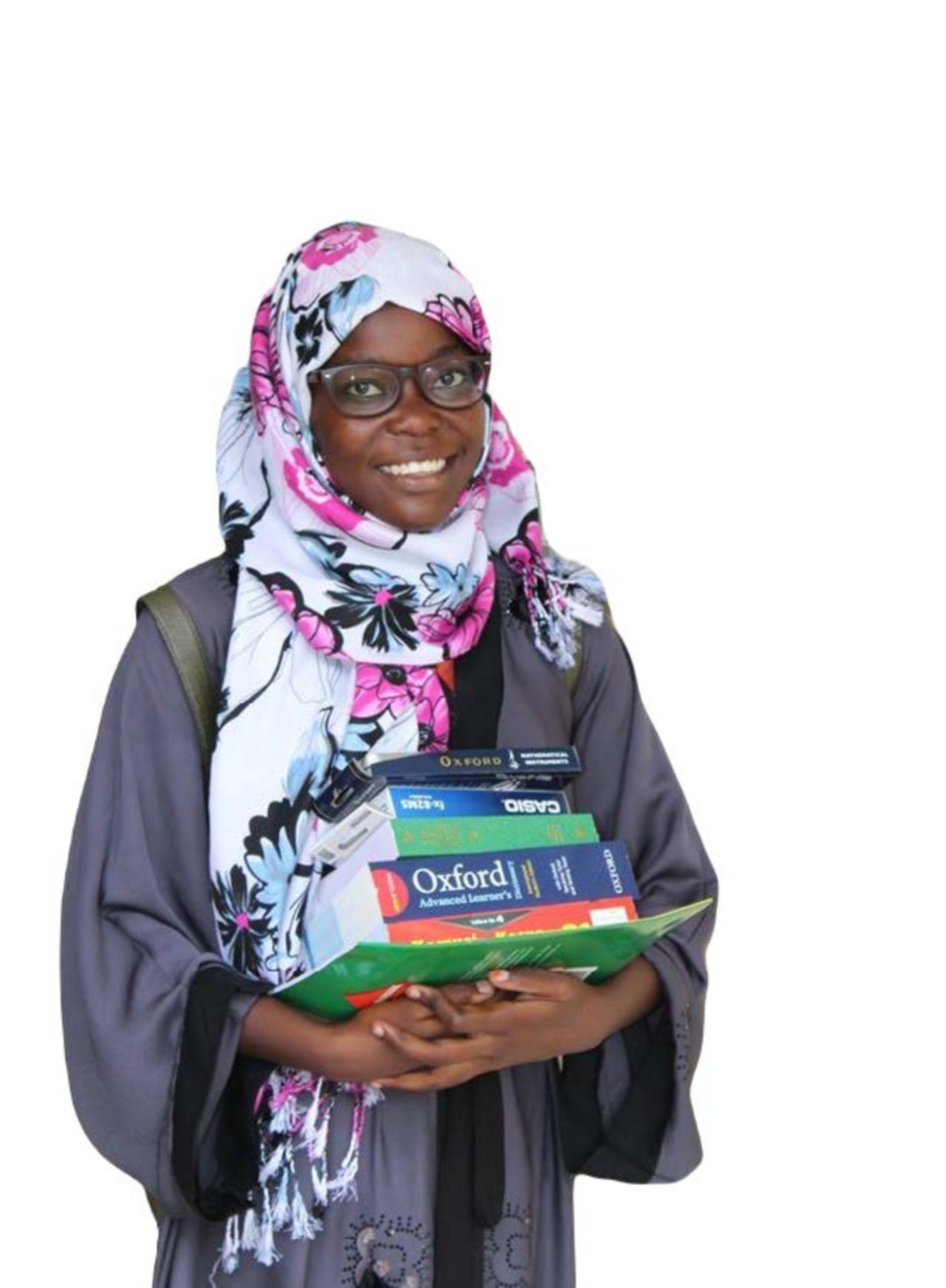Access to secondary education and opportunity
The project aims to address the root cause of generational poverty amongst youth in Mombasa, through access to education and opportunity. More specifically, 30 high-potential students (15 girls and 15 boys) from low-income families will be supported in their last two years of high school education along with mentoring on soft skills that will support the youth to excel in their education and future professional careers. The financial support covers boarding school tuition fees, room and board, safe transportation, uniforms and other miscellaneous educational expenses. The students will be mentored in order to cultivate mindsets and skills that are critical for their success in school, career and life generally, such as: Collaboration, communication, emotional intelligence, problem solving and responsibility. The skills and mindsets are embedded within activity-based lessons focused on themes such as self-awareness, gender equity, healthy relationships, writing, community service, digital literacy, entrepreneurship, and career choices.
Founded in 2007, the Hatua Network is a Kenyan NGO that aims to end generational poverty by preparing promising youth form low-income families to thrive in Kenya’s modern economy.
News
Three new projects approved in April 2023
12 April 2023
The Foundation’s Board approved three new projects at the April Board meeting.Secondary education and more
16 October 2023
The project led by the Hatua Network is addressing the root causes of generational poverty amongst youth in Mombasa, through access to education and opportunity.Type
Health / Education / Environment / Community DevelopmentDuration
April 2023 - March 2025Location
Mombasa / KenyaWith whom
The Hatua Network
Website




Kenya
Population
49.7 million (2017)
Per Capita Income
USD 1,460/year (2017)
Poverty rate *
36% (2015)
Literacy rate
79% (2016)
Human Development Index
142nd out of 189 countries (2018)
Kenya’s macro-economic conditions have progressed over the past decade, improving the welfare of its population. However, a quarter of its population lives in urban informal settlements, arid and semi-arid rural areas and remain vulnerable to poverty, conflict, structural underdevelopment and disease. Even though national absolute poverty has declined overall, it remains high compared with neighbouring countries. Primary school enrolment has reached 100%. Access to household services such as electricity, improved drinking water and sanitation has steadily increased, even though coverage remains low (23%, 47% and 33% respectively). Youth unemployment and vulnerability to climate change remain key challenges.
Sources: World Food Program, UNICEF, World Bank, 2016 Human Development Report, Human Development Indices and Indicators (2018 Statistical Update)
*The percentage of the population living below the national poverty line.